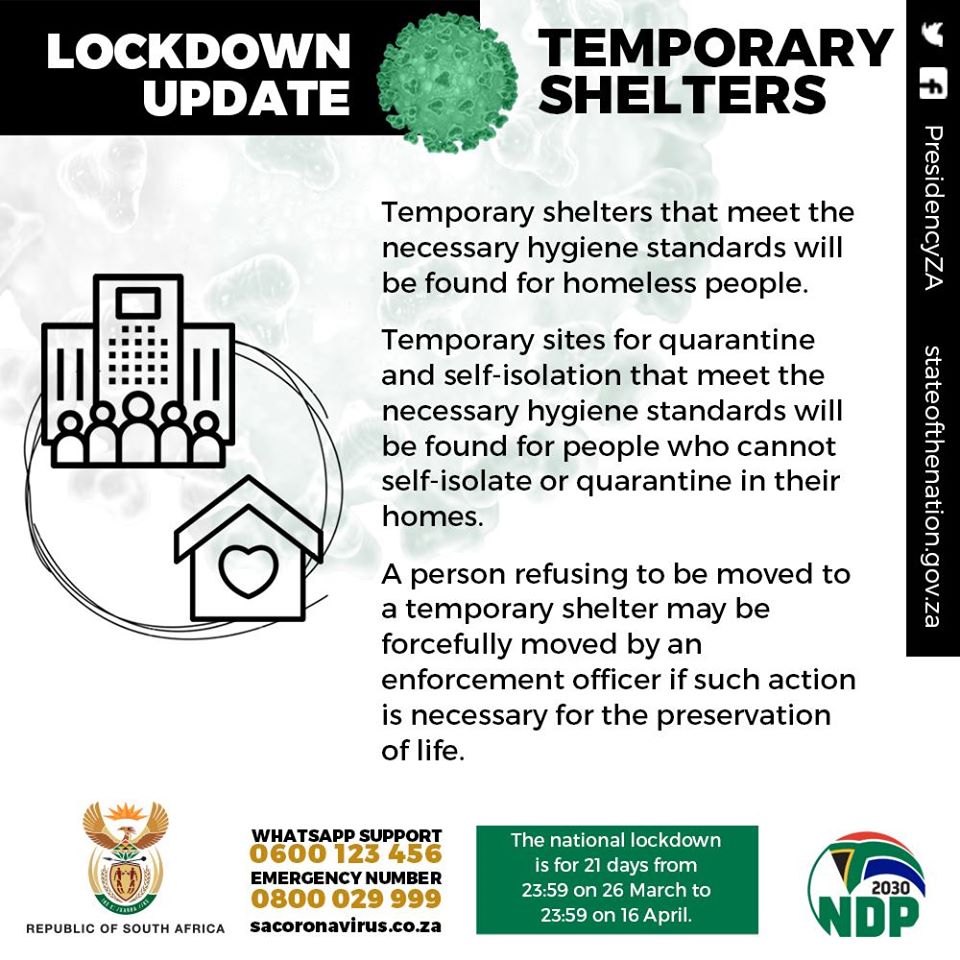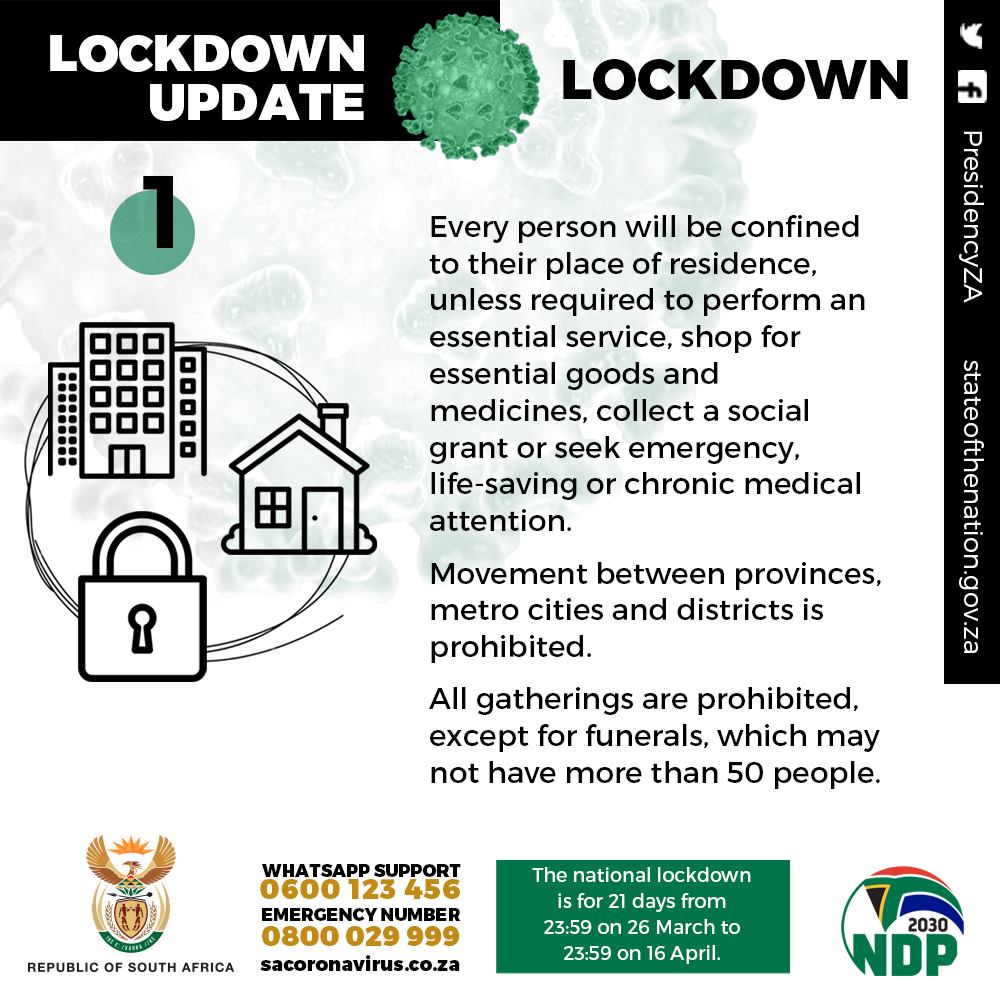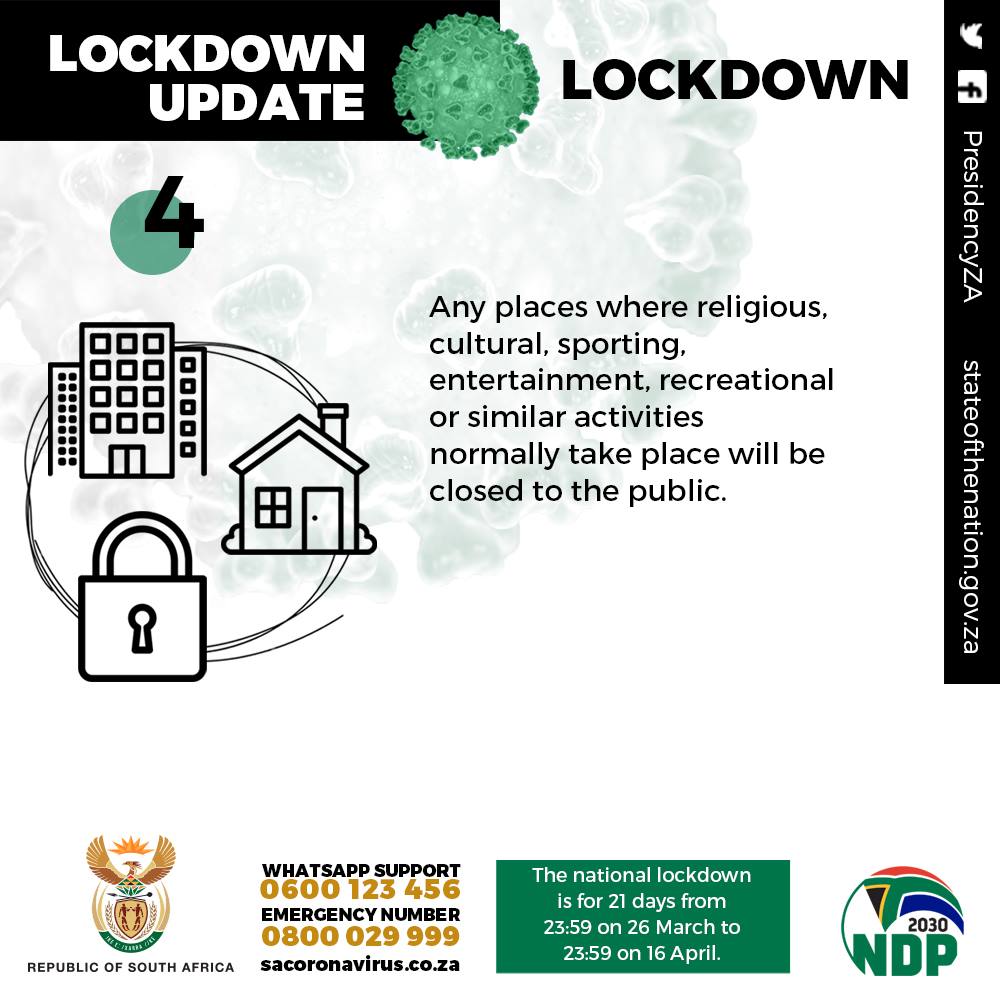Small business minister Khumbudzo Ntshavheni said that the fund is aimed at providing relief on existing debts and repayments.
“For SMMEs to be eligible for assistance under the debt relief fund, the applicant must demonstrate the direct link of the impact or the potential impact of Covid-19 on business operations,” Ntshavheni said.
“This facility will also assist entities to acquire raw material, pay labour and operational costs. All these interventions will be structured to match the patterns of the SMMEs cash flows, as well as the extent of the impact suffered.”
- To strengthen monitoring and avoid abuse, businesses requiring assistance will be required to enrol on the SMME South Africa platform here.
- This platform will go live on Tuesday, 24 March 2020.
In future, the database will also be used to apply for both financial and non-financial support, access information about business opportunities, and access market opportunities, Ntshavheni said.
“As the nation grapples with the impact of the Covid-19 pandemic, the department will be guided by the National Command Council in determining the sectors that are deemed severely impacted in order to qualify for the debt relief fund.”
Alongside the new fund, Ntshavheni said her department would also be launching a ‘Business Growth/Resilience facility’ which has been specifically created to enable continued participation of SMMEs in supply value-chains – particularly those which manufacture or supply items which are in demand due to the pandemic.
This facility will offer working capital, stock, bridging finance, order finance and equipment finance, and the amount required will be based on the funding needs of the business, Ntshavheni said.
These businesses have also been asked to enrol on the SMME South Africa platform.
SARB relief for banks and funders
The South African Reserve Bank on Friday said that it will also restructure its market liquidity management strategy, which will give some relief to banks and funding markets which have taken strain because of the global market crash due to the coronavirus.
“When markets are tight the SARB needs to ensure that banks have easier access to funding and that there is sufficient liquidity in the market,” said Alvin Chawasema, a trader at Sasfin Securities.
“They are lending cheaper to banks now and making it more punitive for banks to park money at the SARB, effectively encouraging inter-bank lending and activity.”
The central bank said it will provide intraday liquidity support to clearing banks, through auctions conducted daily between 10h00 and 13h00 – except Wednesdays when the main repurchase transaction is conducted.
This will be carried out at an interest rate equal to the repo rate.
According to SARB, this additional liquidity will result in the current money market shortage declining below the current target level of R56 billion. The size of the Main Refinancing Operations will be kept at R56 billion but may be increased if deemed necessary to meet demand.
The SARB also announced that it will be adjusting the standing facilities borrowing rate (the rate at which the bank absorbs liquidity) as well as the standing facilities lending rate.
The borrowing rate will be adjusted to the repo rate -2%, from the repo rate -1% it currently uses, and the lending rate will be adjusted to below the repo rate, from the repo rate +1% it currently uses.
“The SARB deemed this change necessary in order to encourage the flow of money market liquidity, and to support banks to facilitate their flow of money market liquidity without being penalised,” it said.













